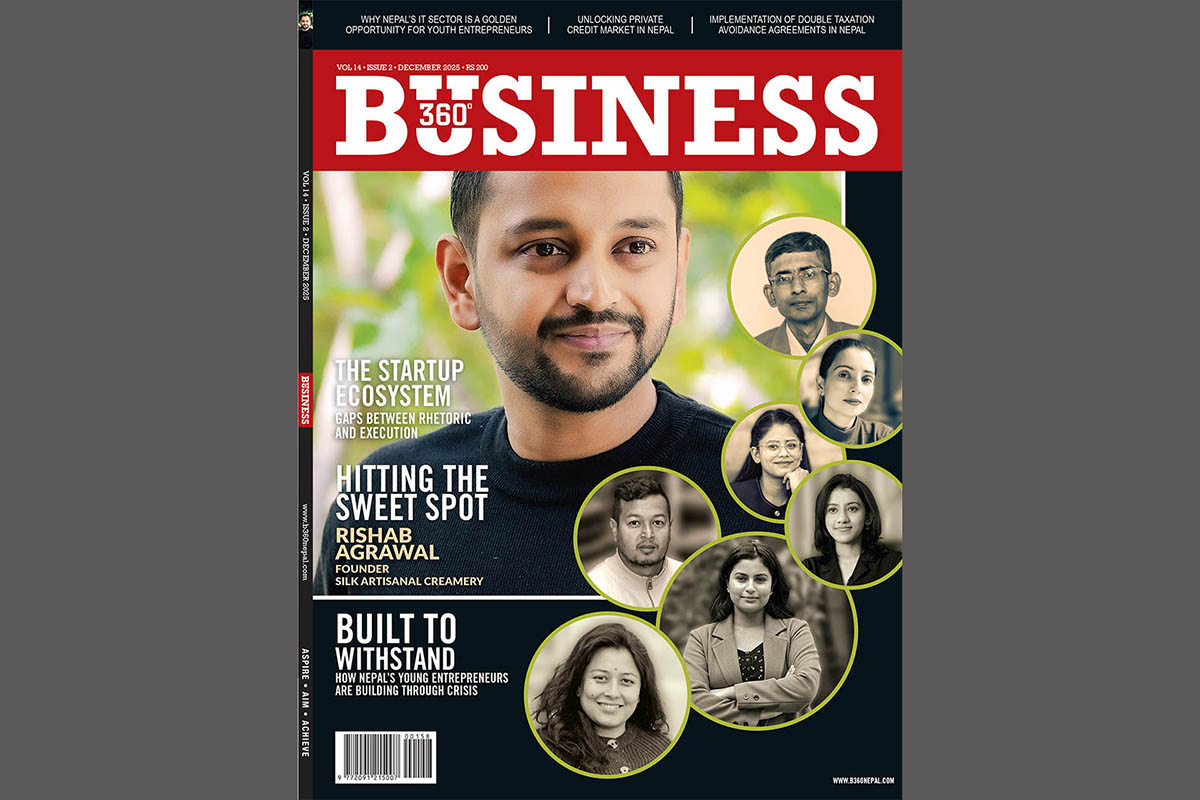
Ride-sharing apps are an emerging and notable example of digital adaptation in the country. While easing travel woes it has also become a good source of livelihood for many riders. Nepal has a weak public transportation system and road infrastructure needs much development, owning a vehicle is still out of the reach of general masses so commuting is a everyday issue. The entry of ride sharing models has become a very good alternative to public transportation.
The history of ride-sharing in Nepal is relatively recent. While Uber had already taken off in the United States and Ola cabs had made significant strides in India, it wasn’t until the 2015 -16 blockade, which disrupted essential supplies including petroleum from the southern border, that people in Nepal began carpooling via social media. Soon after, Tootle, the first ride-sharing app in Nepal, began its journey.
Due to lack of proper regulations, ride-sharing apps initially faced operational challenges. But Tootle’s launch in 2017 set a benchmark for ride-sharing in Nepal, paving the way for the many other brands that were soon launched and are running successfully.
Nepal has a weak public transportation system and road infrastructure needs much development, owning a vehicle is still out of the reach of general masses so commuting is a everyday issue. The entry of ride sharing models has become a very good alternative to public transportation.
Rita Pokhrel, Director of inDrive Nepal, says that ride-hailing services are also diversifying businesses in various ways. In addition to intra-city rides for cars and motorcycles, ride-hailing services have expanded into areas like deliveries and city-to-city rides.
inDrive offers a unique feature where passengers and drivers can negotiate the fare directly. “It gives people the freedom to decide the fare and even bargain with the driver within the app, while also allowing users to add multiple destinations from start to finish,” shared Pokharel.
Surakshya Hamal, Marketing Manager of Pathao, shares that Pathao provides insurance coverage of Rs one lakh in case of accidents and Rs one million in the event of a tragic mishap while using their platform.
While ride-sharing is gaining popularity and demand, offline riders are unhappy. Ride-sharing service providers have consistently urged the government to regulate and tax them. However, the federal government has refused to provide a solution, citing the Motor Vehicles and Transport Management Act 1993, which prohibits private vehicles from offering transportation services unless specifically registered for that purpose.
Against this backdrop, seven years after the introduction of ride-sharing in Nepal, the Bagmati provincial government took the initiative by announcing the registration of these services in the Financial Bill for the Fiscal Year 2022/23. Subsequently, the provincial government amended the Industrial Enterprise Act 2020, publishing it in the Nepal Gazette on February 1, 2024. With this, ride-sharing has achieved legal status, although taxi drivers continue to protest against these services.
Some ride-sharing apps in Nepal:
inDrive
inDrive is a global mobility and urban services platform that officially launched operations in Nepal in May 2024. It offers transparent conditions with the lowest possible commissions. In Nepal, inDrive introduced a commission rate of under 10% for drivers, ensuring fair and affordable rides for both drivers and passengers.
inDrive provides a unique service by allowing passengers and drivers to independently negotiate ride fares. It empowers users to decide the fare and even bargain directly within the app. Passengers can offer a fare or choose from driver offers based on factors like vehicle model, driver rating and arrival time. This system allows drivers to choose ride requests that best suit them by setting their own prices and deciding which trips to accept.
In Kathmandu, inDrive offers services such as cab rides, moto rides, delivery and city-to-city (outstation) rides. It was also launched in Pokhara but services were disrupted by protests from public transport operators.
Ride-sharing service providers have consistently urged the government to regulate and tax them. However, the federal government has refused to provide a solution, citing the Motor Vehicles and Transport Management Act 1993, which prohibits private vehicles from offering transportation services unless specifically registered for that purpose.
Pathao
Before inDrive’s entry, Pathao dominated the ride-sharing market. Pathao is a joint venture between Bangladeshi investors and Nepali partners and was launched in Nepal in late 2018. In addition to ride-sharing, Pathao offers food and parcel delivery services, with significant diversification into these areas. The platform also provides limited e-commerce services.
Pathao operates not only in Kathmandu but also in other cities, offering bike and tuk-tuk (three-wheeler auto) services. It is also planning to introduce inter-city travel in the near future. Notably, Pathao was the first company to offer insurance services to both riders and passengers.
Tootle
Tootle was the pioneer of ride-sharing services in Nepal. Founded by entrepreneur Sixit Bhatta, this Nepali startup gained significant attention when it was introduced in 2017. Despite initially dominating the market without competition, Tootle struggled to provide services during late hours which limited its appeal. As a result, when Pathao entered the Nepali market, Tootle lost its position as the go-to name in ride-sharing, although it was close to becoming a household name during its monopoly.
One of Tootle’s key limitations was its restricted service hours, while Pathao offered 24/7 availability. This is particularly crucial for users who rely on ride-sharing during late hours when public transportation is unavailable.
JumJum
With Nepal’s ride-sharing market rapidly growing, new players are emerging to compete for a share. Recently, Nepal Mobility Solutions launched ‘JumJum,’ a platform designed to enhance commuting experiences in Kathmandu and surrounding areas.
Developed in collaboration with F1Soft Group, Nepal’s leading fintech company and PickMe from Sri Lanka as the technology partner, JumJum offers features such as seamless payment integration with eSewa, multiple booking options, Google Maps navigation, and the ability to book rides for others. The company emphasises safety, providing comprehensive insurance coverage for both passengers and drivers.
As a new player in the market, JumJum is currently offering promotional incentives, including discounts and bonuses for both passengers and drivers.
Taximandu
Launched in 2019, Taximandu is another Nepali startup offering ride-sharing services. Originally an online taxi booking app, the company has expanded its services to include ride-sharing via bikes in response to public demand. Taximandu also provides parcel delivery and city tour services. In addition to taxis, its fleet includes microbuses and jeeps, offering intercity travel and airport transfer services.
eDrive Nepal
eDrive Nepal launched in October 2022 with a focus on electric vehicle (EV) taxis. Starting with around 20 EV taxis, the service has now expanded to over 500 vehicles, primarily Tata Xpres-T EVs. In addition to EV taxis, eDrive Nepal also offers a two-wheeler ride-sharing service, contributing to the growing demand for eco-friendly transportation options.
On the business side of things, technological disruptions have brought significant shifts in business models. “Uber, the world’s largest taxi company, owns no vehicles. Facebook, the world’s most popular media owner, creates no content. Alibaba, the most valuable retailer, holds no inventory. And Airbnb, the world’s largest accommodation provider, owns no real estate. Something interesting is happening,” states a viral quote circulating on the internet. Nothing could be truer for new ways of doing business.





-1765706286.jpg)
-1765699753.jpg)